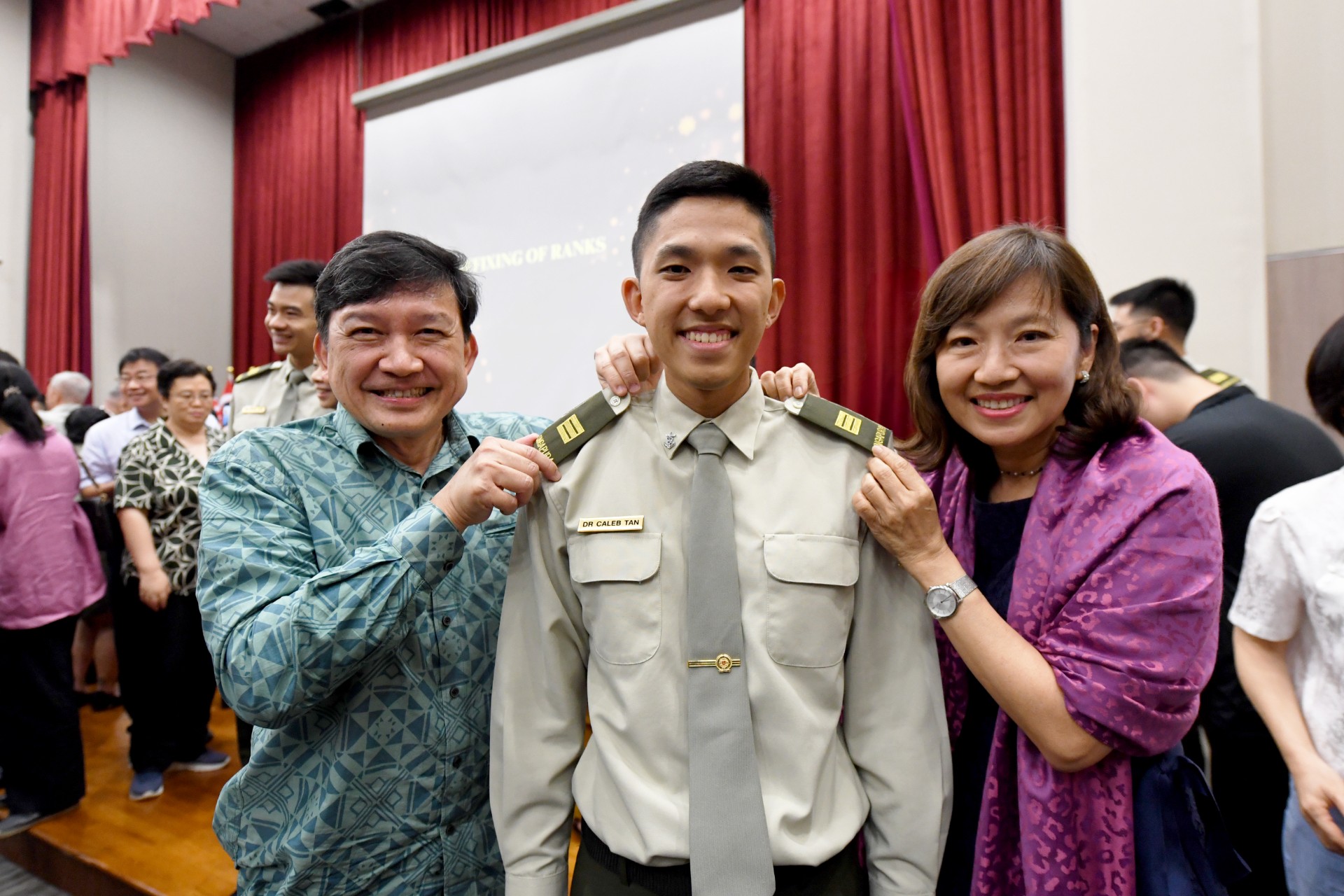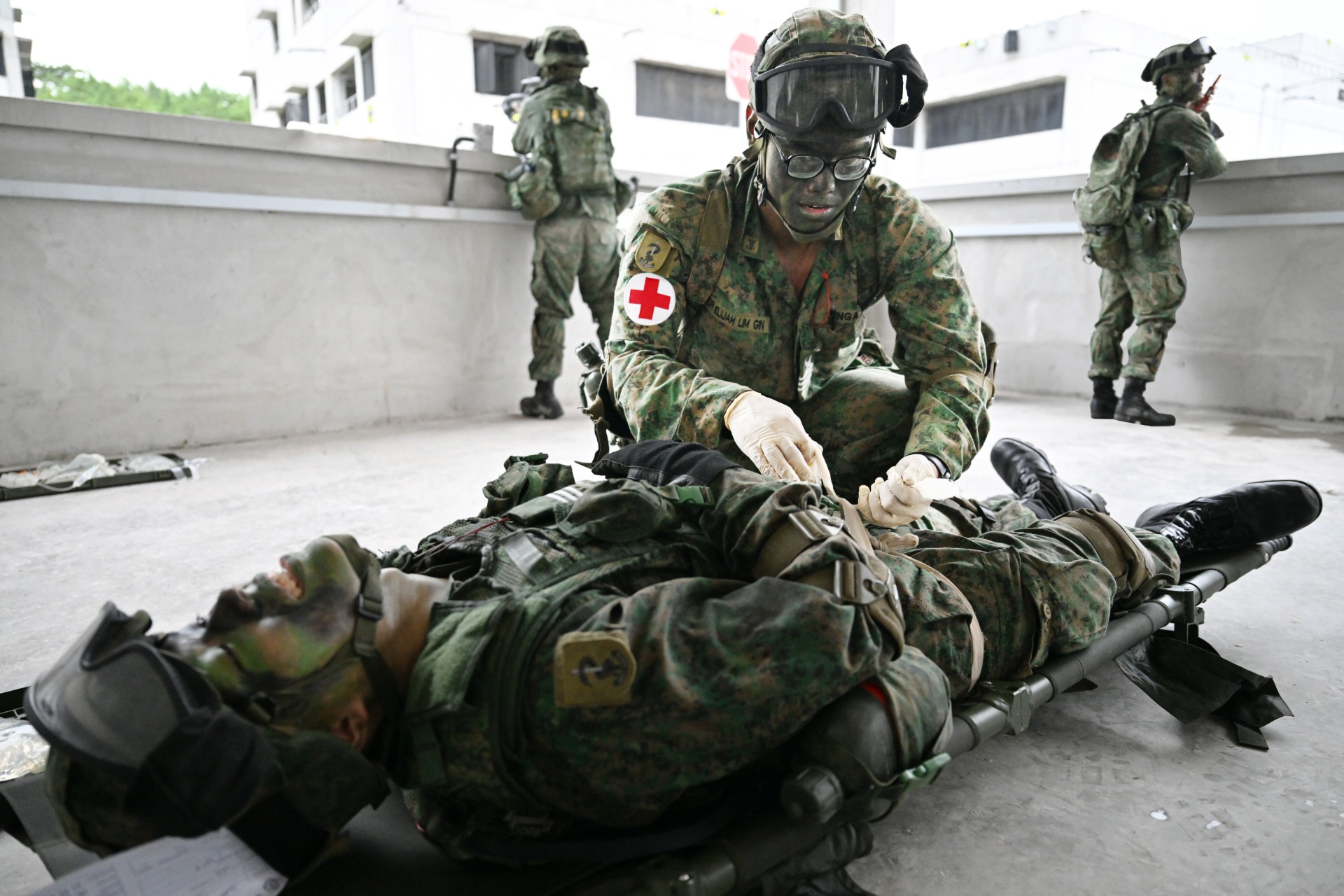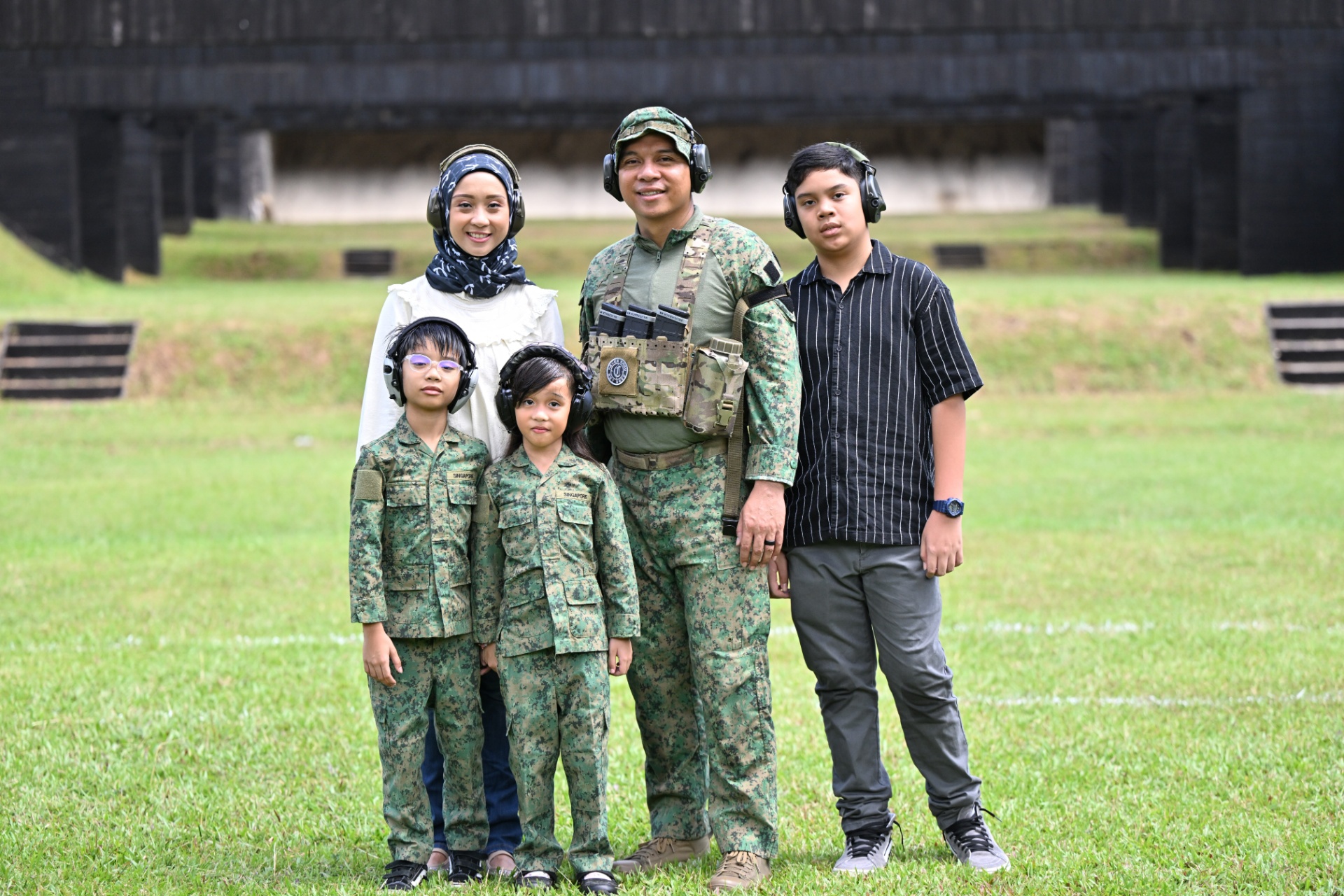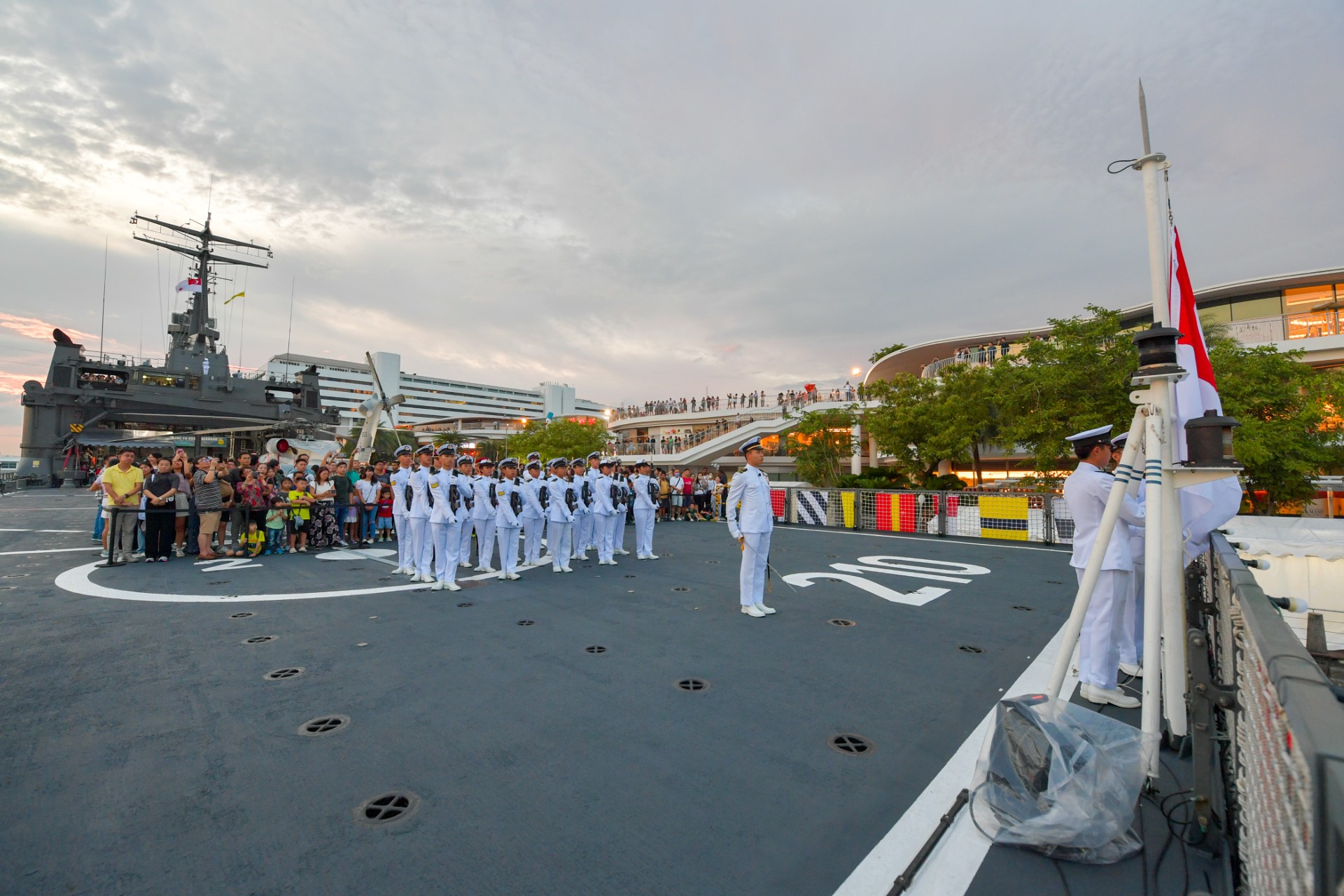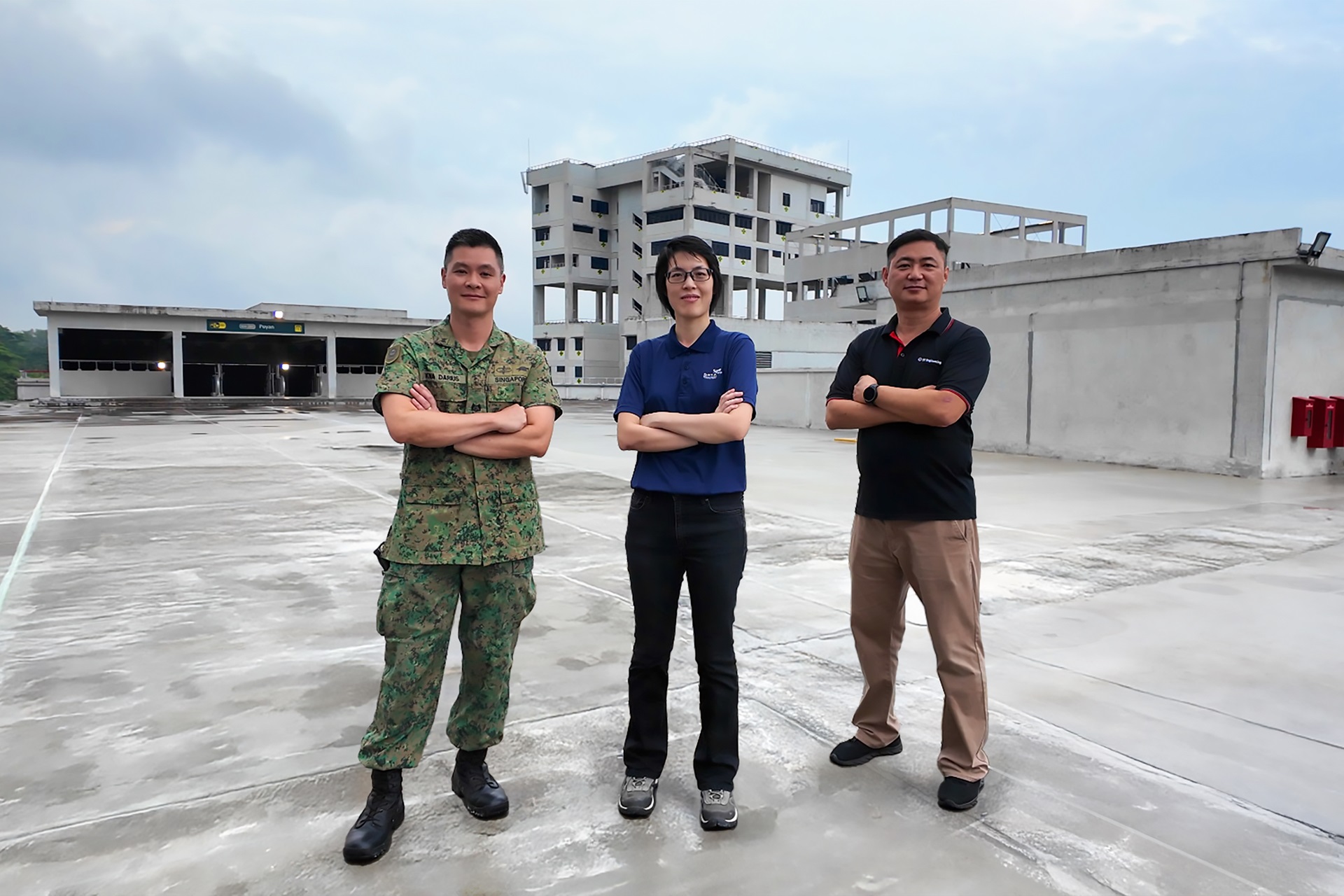THEY LIFT UP OUR BIG GUNS
Get up close with the men and machines of 24th Battalion, Singapore Artillery (24 SA), who provide a boost to our gunners to make sure they are always on time and on target.// Story by Benita Teo / Photos by Chua Soon Lye
Say “artillery” and you think about big guns, long-range missiles and super-strength firepower.
But did you know there’s a whole arsenal of soldiers working tirelessly to make sure that weapons like the High Mobility Artillery Rocket Systems (HIMARS) and Singapore Self-Propelled Howitzers can hit their marks while remaining out of enemy sight?
Often operating within enemy territory, their roles range from surveying and mapping out grounds to tracking enemy indirect fires to identifying and calling for firepower.
Handy GPS-on-the-go
What would you do if you were lost without your mobile phone, and had no access to GPS (Global Positioning System) to help you find your way?
Enter the Recce and Survey (R&S) team.
This team recces the ground to find places where the artillery guns can be safely deployed.
They then carry out artillery surveys on the unknown territory, using the T16-1 Theodolite and calculating the coordinates so that they can be passed on and used by the gunners.
Besides supporting artillery battalions, the team carries out recce for ground-based air defence to deploy their platforms.
During missions, they also work with combat engineers to ensure that the ground is favourable for movement and deployment, such as by building bridges or dismantling ledges.
“These days, we have GPS to help us determine the exact location, but we are also trained to do it without using GPS. My greatest satisfaction is when we determine the location and arrive at our numbers as accurately as possible,” said 3rd Sergeant (3SG) Bryson Koh.
The 20-year-old is an R&S NSF Battery Sergeant Major.
Long-range rocket detector
One of the latest in the Singapore Armed Forces’ (SAF’s) suite of sensors, the TPQ-53 Weapon Locating Radar (WLR) can locate, track and classify enemy indirect fires at a range of up to 60km.
The radar also supports friendly forces by tracking the trajectory of the enemy fires and where they land, so that the gunners can make adjustments and fire more accurately.
The TPQ-53 platoon also functions as an independent unit with its own medic and signaller.
When working around such heavy machinery – the TPQ-53 WLR weighs about 9,000kg! – safety is of utmost importance, said Platoon Sergeant 3SG Guo Xin Yu.
“Each operator cannot just be responsible for their own jobs; they must be aware of what everyone else is doing as well, said the 19-year-old.
“We must all be on our A-game and communicate efficiently so that we don’t delay the deployment or cause injuries.”
Agile weapon locator
The TPQ-53 WLR’s smaller and more mobile counterpart is the ARTillery HUnting Radar (ARTHUR) WLR.
Like the TPQ-53, it tracks the trajectory of enemy fires while in flight so that operators can calculate where the shot was fired from and detect the location of enemy artillery forces.
However, this lightweight platform is more agile and can be deployed on various terrains. While it has a shorter tracking range of 40km, its smaller size means that it can make a quick getaway to avoid detection by enemies.
The ARTHUR battery’s radar team operates the platform, while the recce team carries out ground surveillance.
The recce team is the first on the ground, and makes sure that the location is safe and suitable for artillery deployment.
For example, they look out for factors like the hardness of soil, the incline of the ground, and whether there are obstacles like portholes that would make the area unsuitable.
They even search for places that the ARTHUR can hide in, and look out for small signs like tracks on the ground or trash left behind that could indicate an earlier enemy presence.
“A good sense of time management is essential,” said recce team specialist 3SG Benedict Tan, 19.
“The recce team goes ahead of the radar team, so if we don’t meet the timing then it will delay the ARTHUR’s deployment, which in turn snowballs and affects the mission.”
No hot air balloon
It may look like an innocuous runaway balloon, but this is no child’s toy.
It is part of the Field Artillery Meteorological System or FAMS, which collects weather information that is used to enhance the accuracy of artillery fires.
Attached to the balloon is a radiosonde, a digital measurement tool that measures wind speed and direction, pressure, temperature and humidity.
A systems vehicle – set up in the Bronco All Terrain Tracked Carrier or the MB290 vehicle – acts as a base for the FAMS.
Not only must the team be able to set up and take down the systems vehicles like a well-oiled machine, they must also deliver the data in a timely manner to their stakeholders, said 2SG Terence Ong.
The 24-year-old FAMS Platoon Sergeant explained: “(This is) because we operate in enemy territory and are very visible when releasing the balloons. The challenge is in working as a team to meet the required timings, which requires a lot of communication and effort on the ground.”
Calling for fire
Imagine having the power to identify enemy targets and decide the type of firepower needed to neutralise the threat.
This is what the STrike ObserveR Mission (STORM) team does.
As a depth insertion force, the STORM team makes their way into enemy territory to orchestrate land and air fires. They are usually attached to manoeuvre formations like Guards, Infantry, and Armour to carry out these fires.
They are also the only ones who can call for fire from air assets like the Republic of Singapore Air Force’s (RSAF’s) fighter jets or AH-64 Apache helicopters. This is a force multiplier as the manoeuvre forces can now make use of artillery fire or air fire to destroy enemy targets.
The Target Acquisition Designator System (TADS) – made up of a Portable Laser Designator Rangefinder (PLDR) and a Day Night Ranging System (DNRS) – helps the STORM team to zero in on their targets.
The DNRS (mounted on top of the PLDR) uses a laser finder to locate targets up to 5km away, so that the team can compute and send the GPS coordinates to air assets like fighter jets and helicopters. The PLDR can lase targets at distances of up to 10km away, guiding air munitions towards their targets accurately.
In a Closed Air Support mission – where air shooters deliver payloads to targets threatening the land forces’ manoeuvre missions – the STORM team acts as the pilots’ eyes on the ground.
As part of his Terminal Attack Control training, 2nd Lieutenant (2LT) Nezhad Yusuf Bin Mohammed Feisal had the chance to simulate calling an Apache helicopter for fire.
Said the 20-year-old STORM Commander: “Being able to talk to a pilot (to call for fire) was eye-opening because you see the mission from his perspective in the air and help orientate him to the terrain.”
When in enemy territory, incoming targets can come in large numbers, with firepower that can wipe out entire battalions.
The STORM team’s ability to call on the right asset and direct the payload accurately to the targets can determine whether a brigade or battalion succeeds in its mission, said 2LT Ethan Lee Yee Chien. The 20-year-old is a STORM Commander.
“Our greatest satisfaction is when we carry out a successful mission,” added 3SG Gerrard See. The 20-year-old is a Target Acquisition Specialist.
“It shows that we have put everything we learnt to good use, to call for precise fires to take down the enemy.”
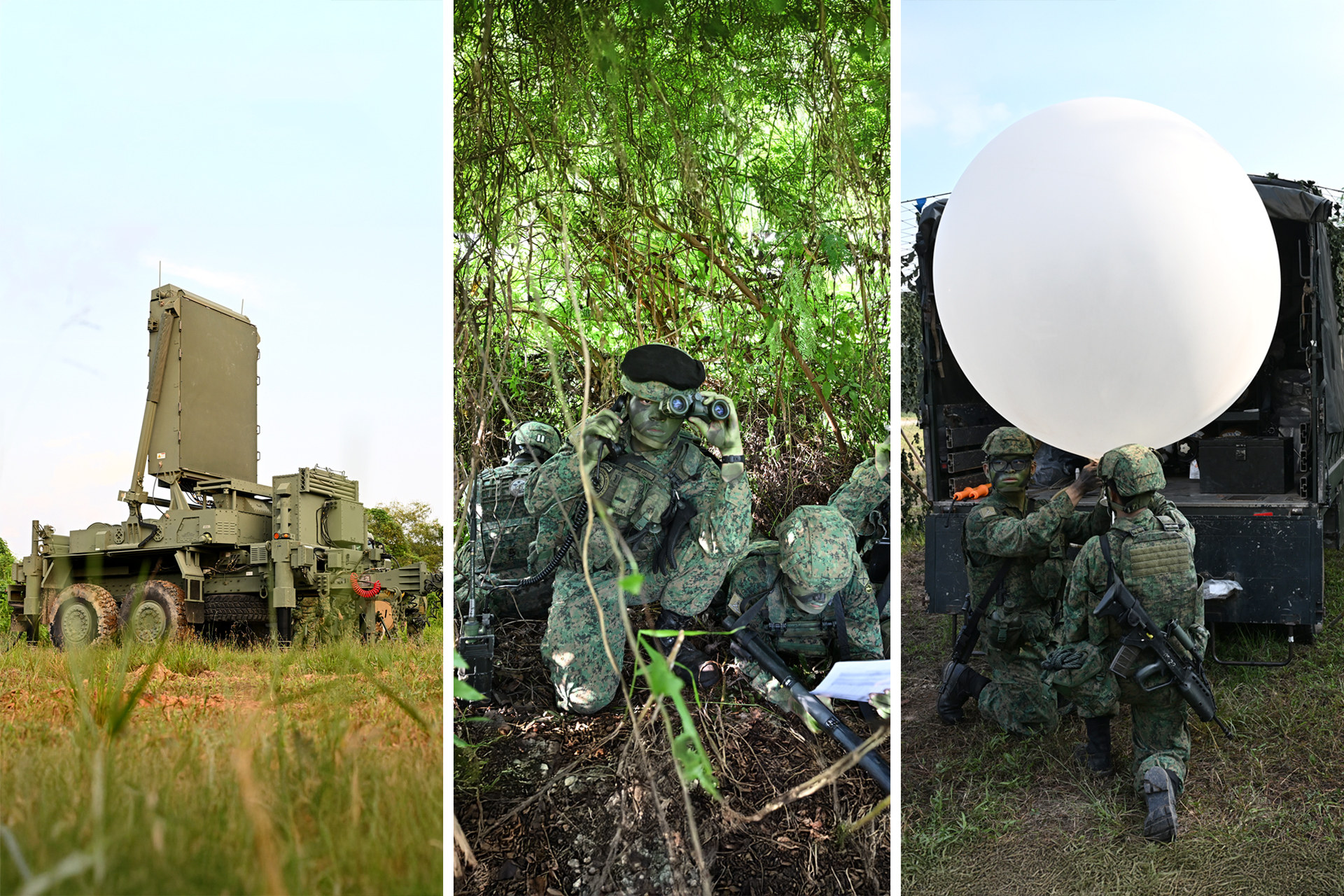
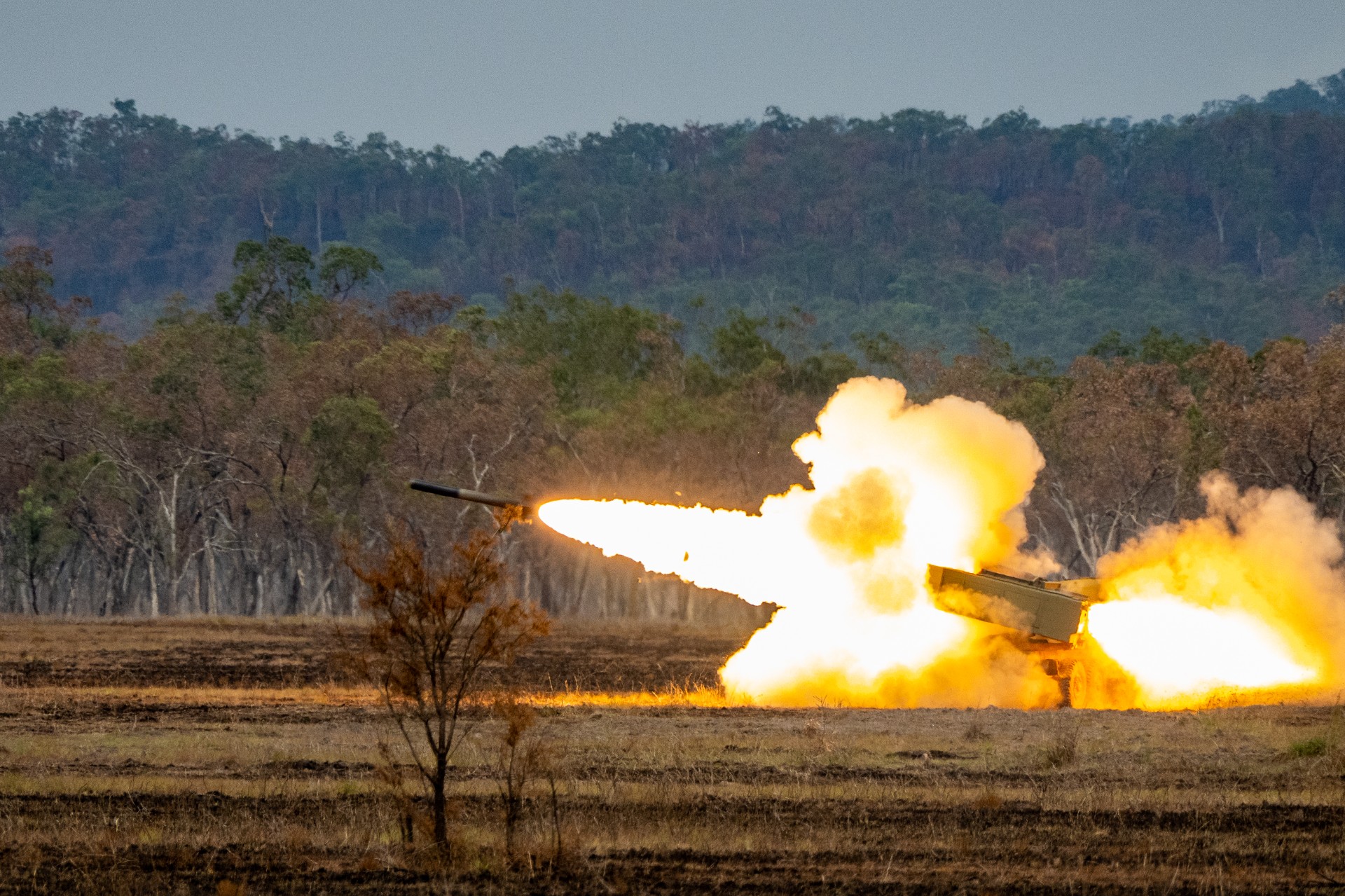
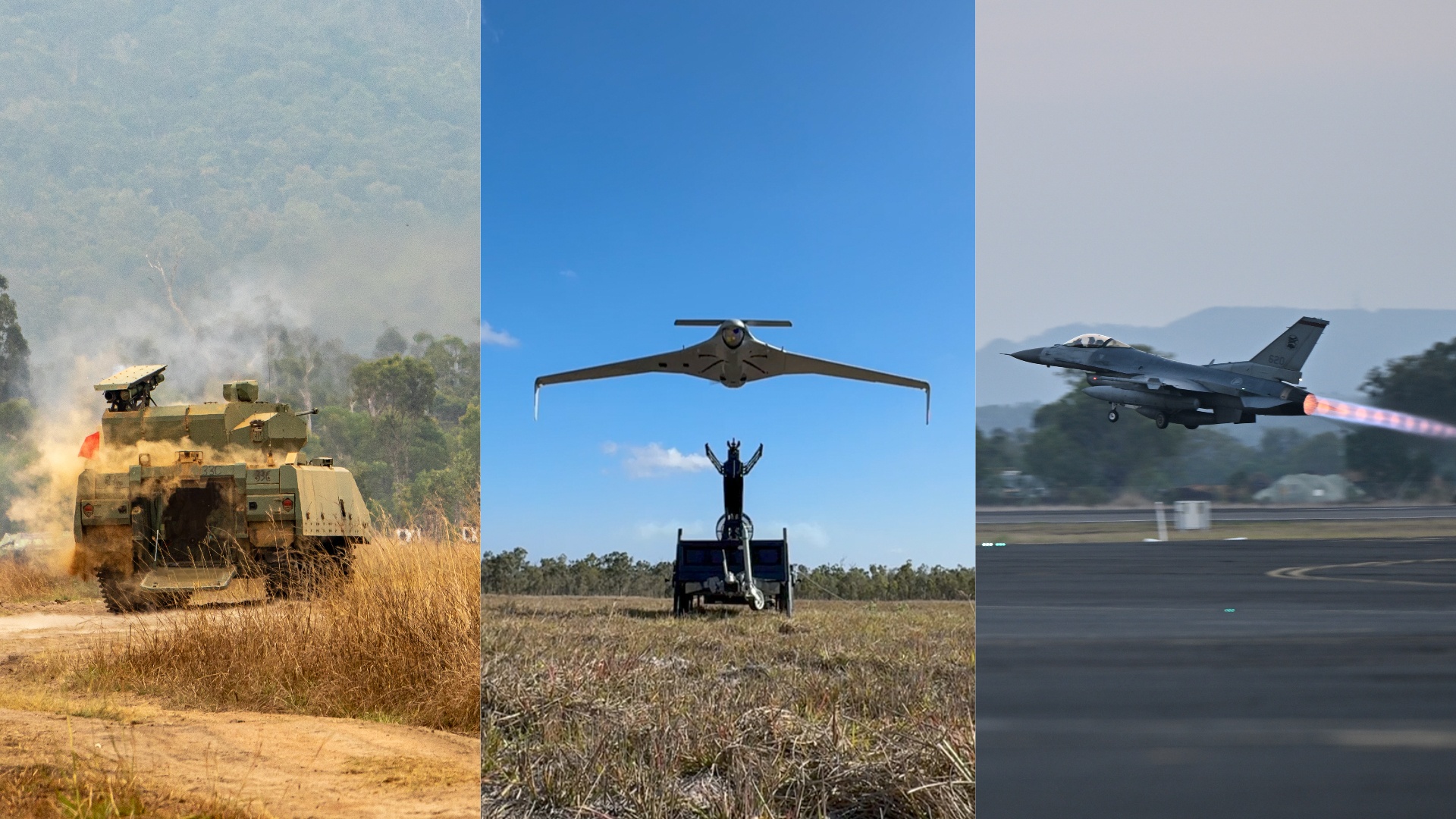
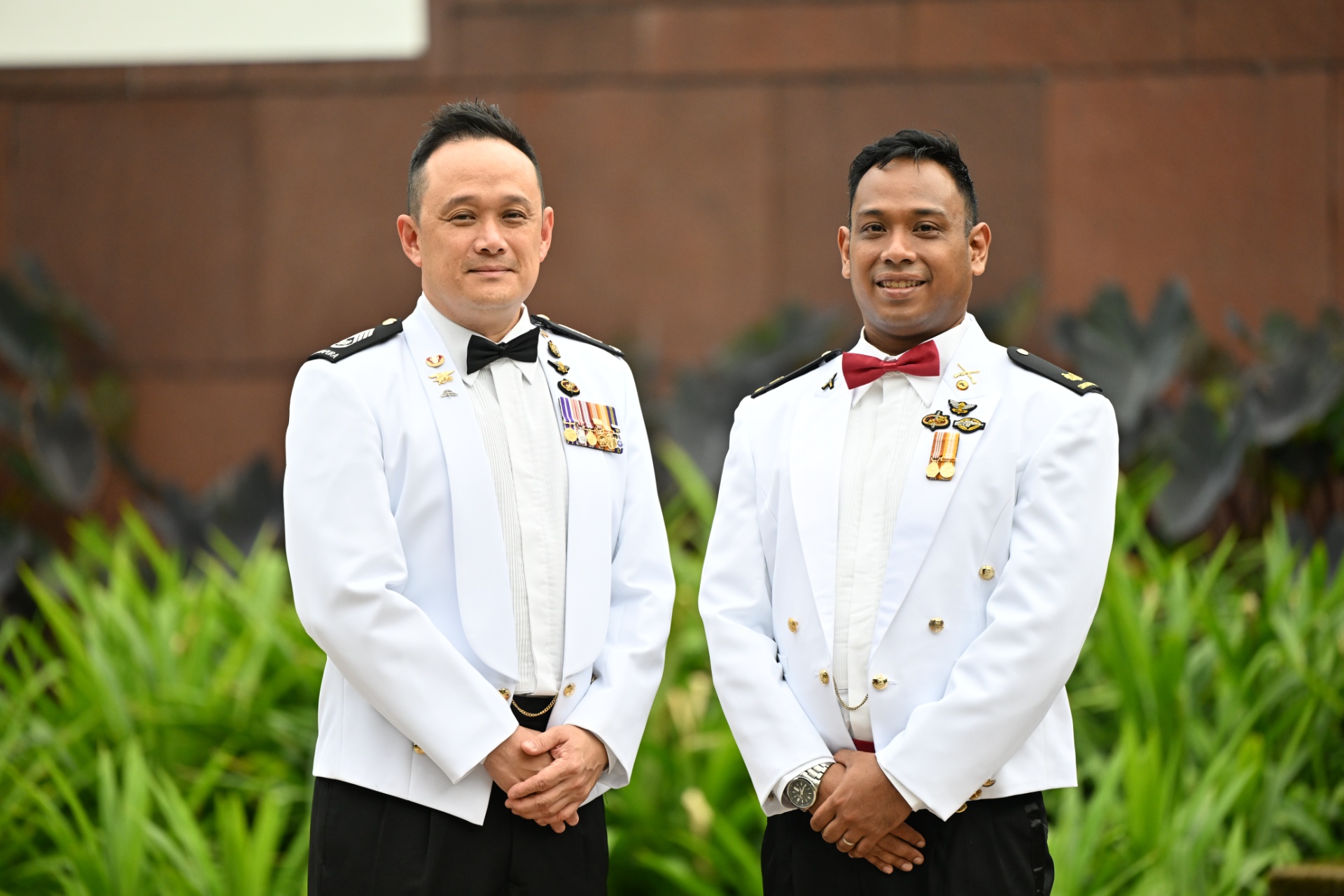
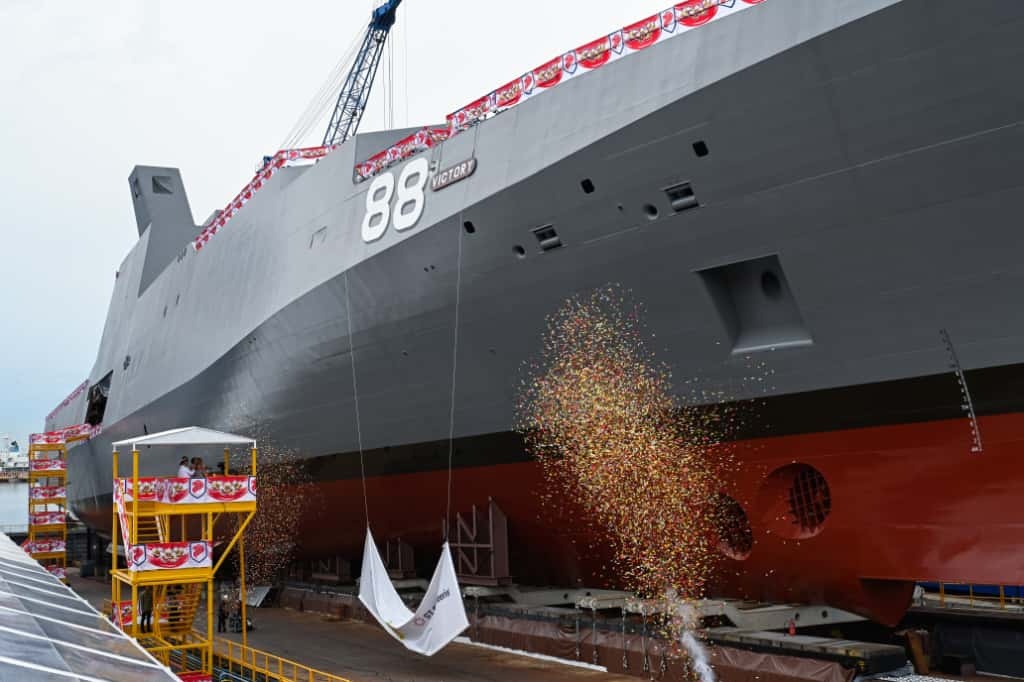
-dsc_2181.jpg?sfvrsn=cf8a503f_1)
